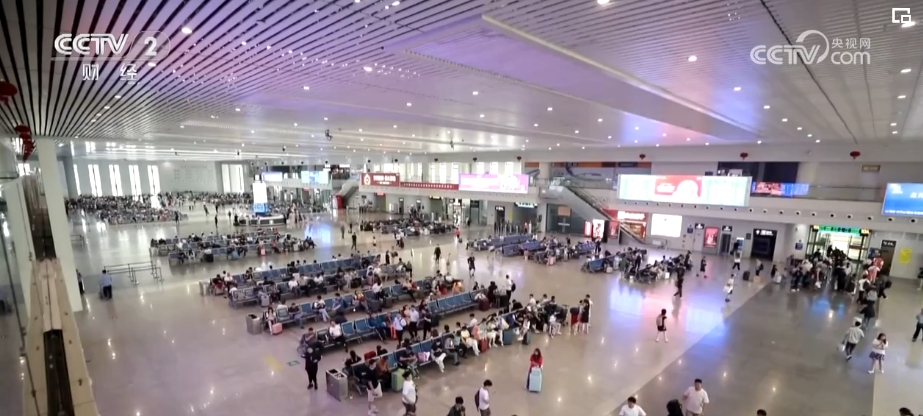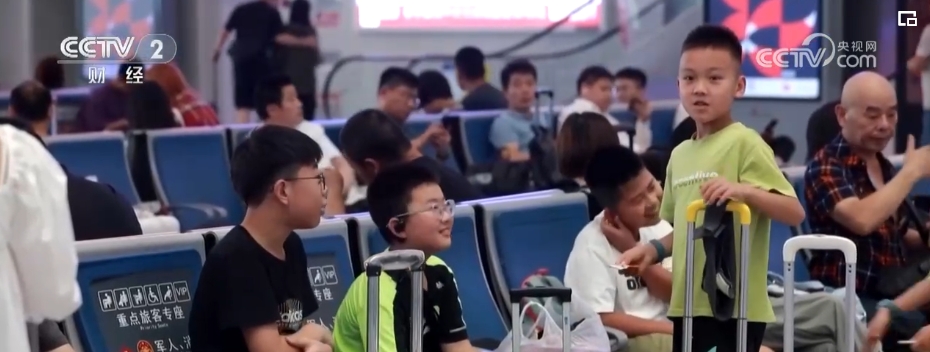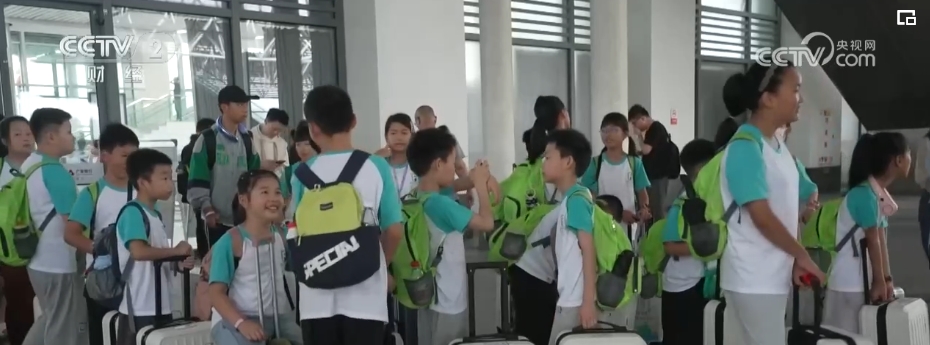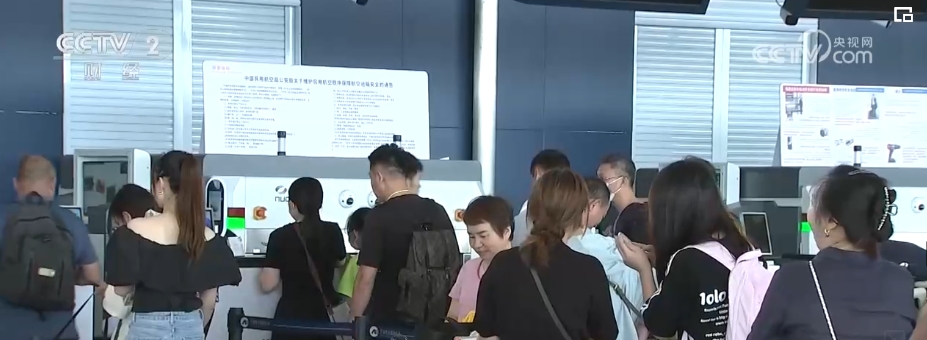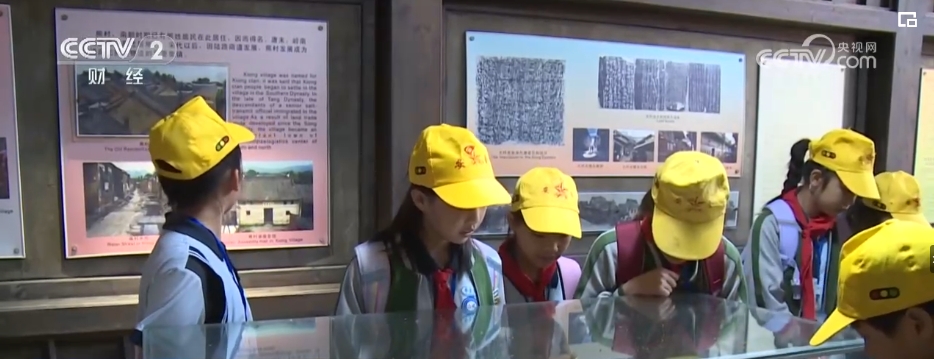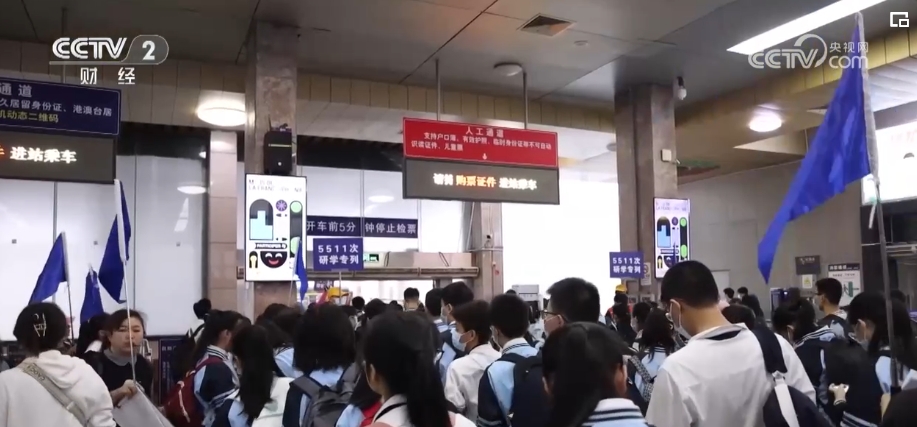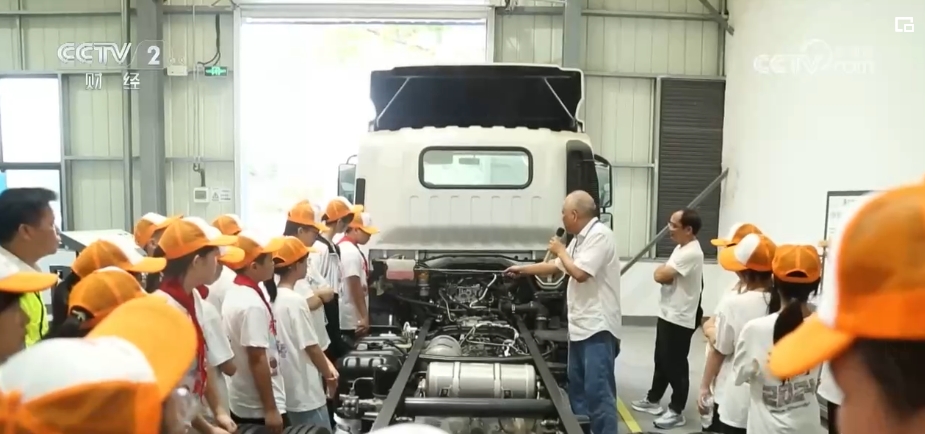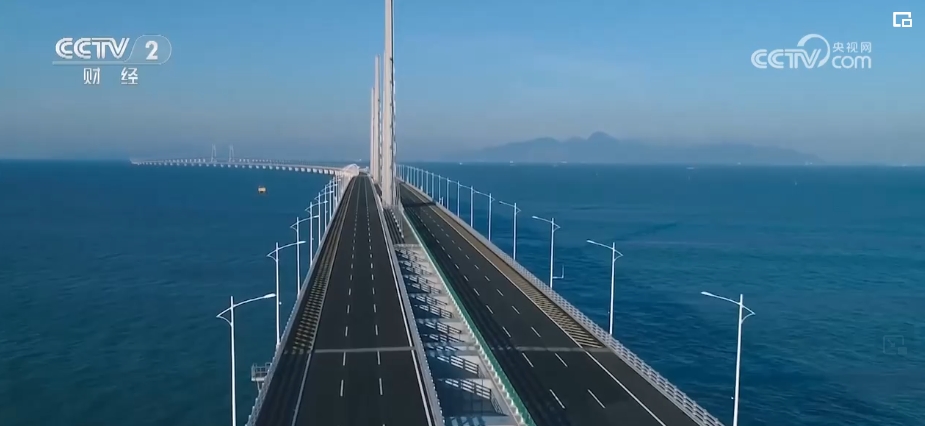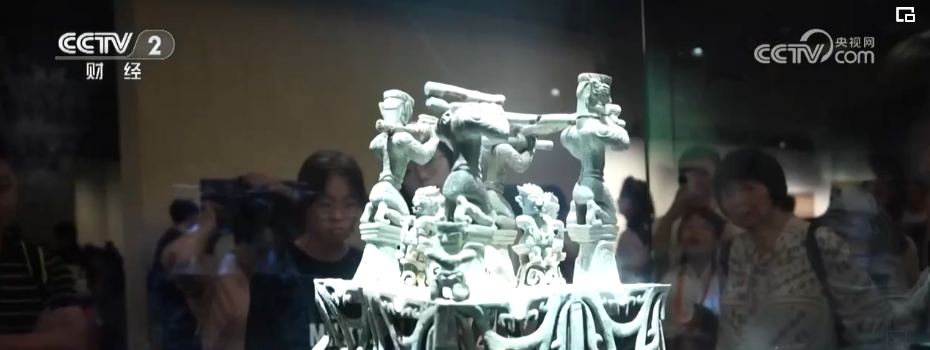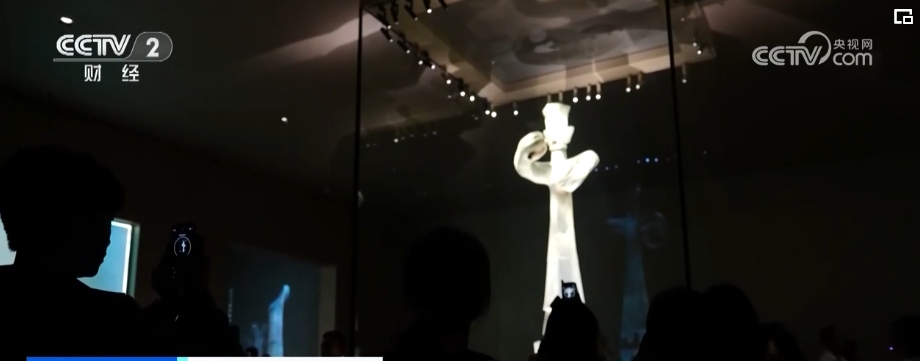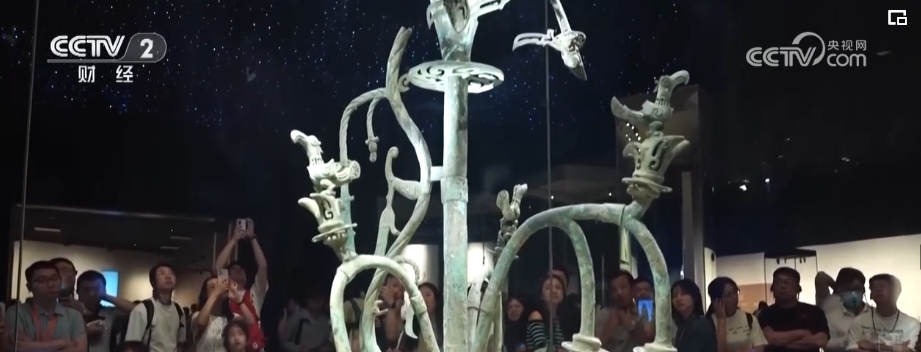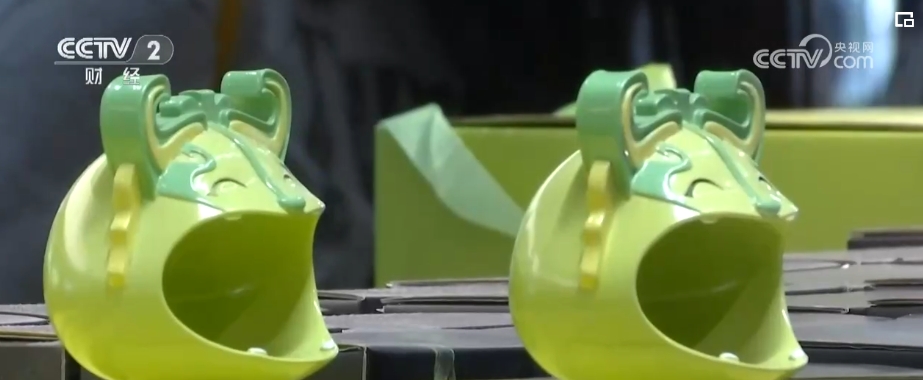No.10 [2024] of Beijing Zhengban Fa
District People’s governments, municipal government commissions, offices and bureaus, and municipal institutions:
"Key points of Beijing’s comprehensive optimization of business environment in 2024" has been approved by the municipal government and is hereby printed and distributed to you. Please conscientiously implement it according to the actual situation.
General Office of Beijing Municipal People’s Government
April 17, 2024
Key points of Beijing’s comprehensive optimization of business environment in 2024
In order to thoroughly implement the decision-making arrangements of the CPC Central Committee and the State Council on comprehensively optimizing the business environment, conscientiously implement the Opinions on Comprehensively Optimizing the Business Environment to Create "Beijing Service", continuously build a market-oriented, rule-based, convenient and international first-class business environment, accelerate the development of new quality productivity, and solidly promote high-quality development, and make "Beijing Service" a "golden business card" of Beijing city image in the new era, this work point is formulated.
First, optimize the regional industrial development environment and promote the coordinated development of Beijing, Tianjin and Hebei
1. Strengthen the support of scientific and technological innovation standards. Focus on frontier fields, encourage and support Zhongguancun enterprises and related industrial technology alliances to issue a number of technical standards, and build a brand of "Zhongguancun Standard" with international leading level. In a timely manner, the standards applicable to the transformation of advanced scientific and technological innovation achievements will be regarded as an important basis for the establishment, acceptance and award of various scientific and technological projects, and the industrialization of new technologies will be accelerated.
2. Strengthen the incubation and service of science and technology enterprises. Guide the hierarchical development and hierarchical cultivation of various incubators, systematically lay out high-energy incubators, promote the construction and operation of leading benchmark incubators, and accelerate the formation of a business incubation system closely integrated with the scientific and technological innovation system and industrial development system.
3. Support the construction of some common technology platforms. Strengthen the research and development services of common technologies in the fields of integrated circuits and intelligent (networked) automobiles. Support the construction of concept verification platforms in the fields of intelligent manufacturing, medicine and health, build a service platform for rapid proofing, trial production and mass production, and provide concept verification services such as scientific and technological achievements evaluation, small batch trial production and engineering prototype production.
4. Solidly promote the construction of Zhongguancun Science and Technology Innovation Financial Reform Experimental Zone, and encourage banking institutions to open up credit green channels for high-tech enterprises and "specialized and innovative" enterprises. Give play to the role of "Beijing Chuangrong", "Beijing Chuangtong" and "Beijing Zhitong", and strive to arrange 50 billion yuan of refinancing and rediscount funds to support the development of scientific and technological innovation enterprises and manufacturing enterprises.
5. Effectively loosen the burden for researchers. Encourage qualified universities and scientific research institutes to set up special technology transfer institutions, and adopt the methods of pricing shares, licensing and transfer of patents and other scientific and technological achievements to promote the rapid transformation of scientific and technological achievements. Improve the classification evaluation system of scientific and technological projects, and form a scientific and technological evaluation orientation with quality, performance and contribution as the core.
6. Improve the transformation environment of scientific and technological achievements in Beijing, Tianjin and Hebei. Support universities in Beijing, Tianjin and Hebei to jointly build superior disciplines, laboratories and research centers, promote the formulation of a docking list of supply and demand for the transformation of scientific and technological achievements in the three places in 2024, and build an information service platform for the transformation and trading of scientific and technological achievements in Beijing, Tianjin and Hebei.
7. Implement the pilot project of new industry standardization. Focus on the new generation of information technology, new energy vehicles, metauniverse, humanoid robots and other industries, strengthen the test and verification of key technical indicators of standards, and shorten the development cycle of standards. Formulate and revise a number of energy-saving and carbon-reducing standards in key areas such as construction, industry and public institutions.
8. Focus on optimizing the industrial ecological service system. The establishment of the city’s examination and approval service coordination system. Dynamically update and upgrade the industrial map and industrial policy catalogue of Beijing. Focus on the future industry, sort out the demand list of technological innovation, industrial cultivation and resource elements, and provide industrial supporting services accurately. Promote more government services into the park, establish special class services, follow-up by commissioners and other mechanisms, strengthen the whole process of the project, and solve the difficult problems of project promotion in time. Create a number of business environment demonstration parks and buildings.
9. Introduce policies and measures to support the high-quality development of innovative medicines and innovative medical equipment whole-process services, improve the efficiency of innovative medical equipment review and inspection, and realize the electronic process of medical equipment registration review and approval and inspection. Continuously improve the inspection ability of imported drugs and expand the scope of inspection varieties in a timely manner. We will introduce an implementation plan to accelerate the construction of artificial intelligence full-stack innovation, promote the application of artificial intelligence models in vertical fields such as medical care and government affairs, and explore the implementation of inclusive and prudent supervision.
10. According to the overall layout of "six chains and five groups", we will promote the transformation of key industrial chain maps such as new energy and intelligent (networked) vehicles, carry out joint investment promotion and landing docking services, and promote the continuous optimization and upgrading of the industrial ecology of Beijing-Tianjin-Hebei.
11. Promote the coordinated reform of the commercial system in Beijing, Tianjin and Hebei, promote the consistency of policies and procedures for the establishment, change and cancellation of enterprises in the three places, and add more than 8 districts (cities) to realize the handling, issuance and collection of business licenses in different places. The second batch of Beijing-Tianjin-Hebei enterprise qualification mutual recognition sheets was launched to realize mutual recognition of more than 20 items, and more than 100 "regional general office" government service items were added. Focus on promoting the "Beijing+Xiong ‘an" urbanization service, and launch more than 30 urbanization issues in the public service field.
12. Beijing, Tianjin, Hebei, Shanxi and Mongolia jointly issued the discretionary benchmark for tax administrative punishment in North China, and unified the law enforcement standards for tax-related matters in the region. Strengthen the joint enforcement of safety supervision of drugs, medical devices and cosmetics. Construct a cross-regional collaborative governance system for the transfer, assistance in investigation and delivery of intellectual property cases in Beijing, Tianjin and Hebei.
13. Deepen the integrated reform of port cooperation and customs clearance supervision in Beijing, Tianjin and Hebei, accelerate the interconnection between the "single window" of the three places and the customs clearance logistics system, and realize the visual query of customs clearance logistics status information. We will deepen the reform of "direct lifting by ship" and "direct loading in Hong Kong", and promote innovative modes such as "direct lifting and direct loading" in regional air ports.
Second, strengthen the market and promote fairness, and create an efficient, standardized and equal competition market environment.
14. Strictly implement the market access system and vigorously remove all kinds of explicit and implicit barriers. We will fully implement the fair competition review system, promptly clean up and abolish measures that hinder unified market and fair competition, such as local protection, market segmentation and designated transactions, and continue to strengthen anti-monopoly law enforcement in the areas of people’s livelihood such as medicine and public utilities.
15 deepen the signing and management of electronic contracts and the application of electronic letters of guarantee for government procurement projects, and gradually improve the functions of performance acceptance, credit evaluation and user feedback. Formulate the service standard of Beijing public resource trading platform, continuously clean up the hidden threshold and unreasonable restrictions in the bidding field, and explore the dynamic management of bid evaluation experts in the bidding field and the credit evaluation management of bidding agencies.
16 to facilitate the entry and exit of business entities. We will carry out pilot projects to promote the high-quality development of business entities, continuously broaden the scope of "full-process online office" for the establishment and change of foreign-invested enterprises, establish a preventive protection mechanism for enterprise names with certain influence, and explore the establishment of a unified standardized information base for enterprise residences in the city. We will improve mechanisms such as the diversion of complex and simplified bankruptcy cases, out-of-court reorganization, the connection of enforcement and the cooperative repair of credit, and continuously improve the service level of tax-related matters, bankruptcy information inquiry and financial support.
17. Deepen the reform of comprehensive examination and approval of social investment projects, and earnestly implement the reform measures such as parallel examination and approval, joint drawing examination, joint acceptance, regional evaluation, "listing with standards" and "handing over the certificate upon delivery". Optimize the examination and approval of environmental impact assessment, classify and implement measures such as filing-free and bundling examination and approval, and explore and promote the integration of project environmental assessment and pollutant discharge permit.
18. Implement the real estate registration liability insurance system and gradually expand the service content of real estate registration service outlets of banking financial institutions.
19 the introduction of urban renewal project implementation plan preparation and declaration, implementation plan joint review, project parallel approval and other supporting documents, to provide operational and landing work guidance for the implementation of the main body.
20 to strengthen the standardized management of municipal public facilities. Continuously optimize the online and offline "one-stop" service for municipal public facilities. Promote joint survey, linkage construction and collaborative excavation of hydropower networks and other projects. Formulate management measures for water supply reliability, improve relevant standards for environmental sustainability of power supply, guide commercial buildings and properties to support telecom enterprises to enter the market, and open broadband network services equally.
Third, strengthen openness and stabilize expectations, and create a legal environment in the first good area
21. Promote the introduction of laws and regulations on foreign investment and the construction of international arbitration centers, and promote the revision of the Regulations of Beijing Municipality on Optimizing the Business Environment. Systematically sort out the government regulations related to fines, and make consistent amendments according to the cancellation and adjustment of related fines in the State Council.
22. Vigorously promote the construction of social credit system. Relying on "Credit China (Beijing)", 12345 citizen service hotline and other channels for complaints about government dishonesty, we will explore the establishment of a credit supervision column for contract performance, accept complaints in a timely manner, and regularly track the performance. We will implement credit evaluation and classified supervision systems in the fields of labor and employment, medical and health care, intellectual property rights and environmental protection. A number of credit incentive measures will be introduced in the fields of administrative examination and approval, financing credit, evaluation and commendation.
23. Accelerate the construction of the national market supervision digital pilot zone, vigorously promote off-site supervision, and achieve full coverage of the supervision field. We will fully implement the white list system of honest business entities, and in principle, we will not take the initiative to carry out on-site inspections of business entities listed in the white list, except for cases such as complaints and reports and cases assigned by the office.
24. Strictly regulate the implementation activities of fines, strengthen the management of malicious professional claims, and launch a number of lists of minor violations and first-time violations in the fields of public security, fire protection and cultural tourism.
25. Promote the construction of smart courts. Support the court to further improve the online trial, online payment of legal fees, online fee refund, real-time tracking of trial progress and other functions. Support the court to carry out electronic investigation orders of lawyers, issue electronic effective certificates and provide online verification of effective legal documents, and take the lead in applying them in real estate registration and other fields.
26. Deepen the reform of separating complexity from simplification, encourage the courts to strengthen the procedural guidance for the parties, and further improve the application rate of small-sum litigation procedures and exclusive system. Support the court to comprehensively use non-litigation means such as people’s mediation and professional mediation to realize the full coverage of the 12368 "No.1 Response" complaint source governance mechanism in the streets and towns of the city. Support the court to take the lead in exploring and standardizing the execution procedures of new types of property such as electronic assets.
27. Accelerate the construction of the International Arbitration Center, formulate the implementation plan for building the Beijing International Arbitration Center, promote the case informatization construction of the Beijing Arbitration Commission, and realize the online submission, consultation and download of arbitration procedure documents by the parties. Introduce some measures for the balanced development of public legal services. Support qualified areas to explore the establishment of legal service gathering areas, and provide professional services such as legal consultation and notarization services for enterprises.
28. Improve the function of Beijing (Zhongguancun) International Intellectual Property Service Hall, and provide free consultation, professional training and dispute mediation services for enterprises and the public in the park. Focusing on the key sub-sectors involved in the new generation of information technology and high-end equipment manufacturing industry, the coverage of patent pre-examination services will be further improved.
29 actively promote the judicial confirmation of the administrative mediation agreement on patent infringement disputes, and reduce the cost of rights protection for rights holders. Strengthen the "one-stop" solution of intellectual property disputes in new formats such as webcasting and cross-border e-commerce, and provide online services such as infringement judgment consultation, rights protection assistance, notarization and identification resource docking.
Fourth, strengthen openness and improve quality, and create a free and convenient investment and trade environment.
30. Adhere to the consistency between domestic and foreign investment, and ensure that foreign-invested enterprises participate in government procurement, standard setting and equal access to support policies according to law. Unless it is clearly stipulated by laws and regulations or involves the field of national security, foreign-invested enterprises and their products and services shall not be excluded or discriminated against by limiting brands or setting additional conditions for foreign-invested enterprises and their products and services to enjoy policies.
31. Establish authoritative publishing channels for foreign affairs, enrich the Beijing international portal website, focus on the policies that foreign-invested enterprises are generally concerned about, such as investment access, financial support, industrial support, tax incentives, and launch 20 scene integration services such as company establishment and capital increase to promote the application of digital identity verification results for foreigners.
32. Do a good job in the service of key foreign-funded projects, improve the project coordination service mechanism, strengthen the agency service of the whole process, and accelerate the project landing. When a foreign-invested enterprise conducts domestic reinvestment business, the invested enterprise or equity transferor registered in this city does not need to register for receiving domestic reinvestment.
33. Improve the round table system of foreign-invested enterprises, establish the "first-in-charge system", realize the "closed-loop" management of enterprise demand collection, dispatch, handling and feedback, and carry out butler service.
34. Innovate the customs clearance supervision service mode. Expand the white list of biomedical research and development items and implement intelligent approval of low-risk special items. Promote the qualification certification of "certified operators" (AEO) enterprises and update the "whole process network office", and enjoy the convenience measures such as giving priority to customs declaration procedures, implementing territorial inspection, and reducing the proportion of spot checks.
35. Promote the expansion of "single window" to the whole chain of international trade, add a service trade section, and gradually introduce functions such as export tax rebate of service trade and rapid customs clearance of materials for exhibition activities. Establish an authoritative publishing channel for international trade information, and provide information such as various international trade agreements and conventions, domestic laws, regulations, policies and measures, and trade process guidelines. On-line Beijing "Double Hub" airport comprehensive service platform to realize real-time online inquiry of cargo dynamics.
36 to carry out national service industry standardization pilot, timely summarize the achievements of standardization innovation practice, and organize the formulation of national standards for service industry in line with international standards. In the cross-border service trade, explore new modes such as introducing service trade agents and overseas companies to voluntarily declare tax payment.
37. Explore the pilot project of digitalization of international trade bills of lading with Singapore and Hong Kong to realize paperless delivery of cross-border trade. Pilot the establishment of cross-border mutual recognition mechanisms for electronic signature certificates and cross-border recognition mechanisms for electronic contracts, and promote the application of electronic signature mutual authentication certificates in public services, finance, commerce and other fields.
38. Improve the service mechanism of data cross-border flow, support the construction of data cross-border service centers and service platforms in key areas such as the Pilot Free Trade Zone and the pioneer area of data infrastructure system, and efficiently carry out services such as data exit security assessment, personal information protection certification and exit standard contract filing.
Fifth, strengthen service and increase convenience, and create a warm and efficient government service environment.
39. Improve the quality and efficiency of "one network, one office". Strengthen the integration and communication between the government service platform and various service systems, so that the masses of enterprises can log in once and connect all their businesses, and realize the transformation from being available online to being easy to handle. Implement the intelligent examination and approval service mode, and improve the functions of intelligent pre-filling, intelligent pre-examination and intelligent examination and approval of the government service platform.
40. Continue to expand the application scope of electronic seals in urban management, transportation and other fields, and promote the sharing and application of 20 types of high-frequency electronic certificates such as ID cards, household registration books and residence permits in the whole city, and pilot the photo of ID cards to be "shared by one shot and universal by one photo".
41. Deepen the construction of smart taxation, improve the "one policy, one plan" tax and fee policy push mechanism, and build an interactive service with accurate push, intelligent interaction and collaborative inquiry.
42. Build the city’s policy service platform, realize the convergence of urban two-level policy documents, launch the policy redemption area on the municipal government portal website, integrate the city’s redemption policy matters, clarify the redemption standards, requirements and processes, and realize the "one-stop" declaration of the enterprise masses.
43. Vigorously promote "efficiently doing one thing", strengthen the reform and integration of "one thing" and "one industry and one certificate", launch the third batch of integrated service scenarios such as enterprise information change, starting transportation enterprises and credit restoration, continuously expand service items and scope, and optimize service processes. Optimize and upgrade the approval processes and services for large-scale commercial exhibitions, business performances, sports events and promotional activities, and implement the "one museum, one policy" for large-scale activities.
44. Provide more diversified and convenient service channels. Adjust and optimize the exception list of the urban government service center to ensure that "we should make progress and make progress". Promote the two-level government service halls in urban areas to create a 24-hour self-service area, and add self-service terminals to handle high-frequency government services such as transportation, medical health and social security. Create a "handheld" platform that can do a good job quickly, and add more than 200 government services to the "Jingtong" applet.
45. Accelerate the improvement of convenience services for foreigners. Publish the service guide for foreigners living in Beijing, promote key business districts, hotels, hospitals, subways and other places to provide services such as ATM withdrawal of foreign cards, POS card swiping and NFC card payment, and promote mobile payment such as domestic e-wallet binding foreign cards and overseas e-wallet payment. Set up comprehensive service stations at Capital International Airport and Beijing Daxing International Airport Terminal to provide one-stop consulting, payment, tourism, telecommunications and other aggregated services. Accelerate the compilation of the "Guide for Foreigners to Travel to Beijing" and improve the multilingual signs and tour guide facilities in scenic spots, airports, hotels, shops and other places.
Six, strong support and efficiency, to create a smart and convenient digital society environment.
46. Promote the vitality release of data elements. Accelerate the construction of the pioneer area of data basic system, build the policy system of data transaction and circulation, gradually establish and improve the systems of data asset registration, evaluation, transaction and supervision, and explore the data income distribution mechanism. Improve the energy level of Beijing International Big Data Exchange, explore the establishment of data trading index and price formation mechanism, and formulate standard contract guidelines for data trading.
47. Introduce institutional norms for the openness of public data and the effective flow of data resources, explore the construction of a safe and credible data sharing space, and promote the open sharing of public data.
48. Continue to improve the capacity of the "city code" service platform and expand its application in government services and transportation. Relying on the "city code", we will improve the services of "Jingtong" electronic license, such as mobile license display, code scanning verification and license download.
49. Promote smart old-age care services, build a comprehensive service platform for the elderly, and help the elderly and the operators of old-age care services to accurately connect supply and demand. Promote the construction of smart communities, and rely on the "Jingmintong" community governance service platform to empower grassroots management and service work to be carried out efficiently.
50. Promote the online review of the whole process of compulsory education admission qualifications, and increase the handling capacity of "one network". Improve the efficiency of medical services, and vigorously promote "one visit and one payment" and "mobile online payment".
Seven, strong innovation tree benchmark, create an open and inclusive humanistic environment.
51. Focus on developing new quality productive forces and improve the working mechanism of talent training, introduction, use and rational flow. We will introduce top talents in key fields with "one person, one policy" by comprehensively introducing talents from the market and jointly introducing talents. We will build a consortium for training outstanding engineers, make overall plans to promote the construction of production-education integration bases such as integrated circuits, artificial intelligence and hydrogen energy, and support talents to carry out project research in the actual engineering environment.
52. Effectively stimulate the development vitality of young talents. Young talents account for no less than 60% of the positions such as the head of major scientific research management, major technical research projects and technical chief engineer. Pilot construction of public services and commercial service facilities that meet the needs of young talents in Shunyi and Changping to achieve mixed compatibility of functions such as housing, commerce, office and research and development of affordable rental housing. Publish more than 20 shopping, cultural entertainment and social scenes that meet the needs of young talents and entrepreneurial talents, and encourage communities and industrial parks to hold youth entrepreneurial markets and other experience activities.
53. Enhance the attractiveness of international talents for innovation and entrepreneurship. Accelerate the construction of high-quality talent communities and improve the internationalization level of living circles and theme blocks. Release version 4.0 of Beijing Overseas Vocational Qualification Accreditation Catalogue, and improve supporting policies such as innovation and entrepreneurship, personnel training and social security. Build a "one-stop" service window for foreign talents and promote "one-stop" handling of work permits, residence permits, visas, permanent residence and other matters.
54. Improve the all-round enterprise service system. A new version of the 12345 enterprise service hotline was launched, and services such as policy push, information inquiry of intermediary agencies, and rapid mediation of enterprise-related disputes were added. Strengthen active and accurate service, improve the mechanism of "service package" and "service housekeeper", and smooth the solution mechanism of key problems in the development of enterprises across regions, departments and levels. Improve the function of the service platform for small and medium-sized enterprises, and make good use of policies such as subsidies for service vouchers for small and medium-sized enterprises, incentives for characteristic industrial clusters, and incentives for innovation and entrepreneurship.
55. Continue to provide services to private enterprises. Improve the "through train" system between the government and enterprises to solve the difficulties and demands of enterprises in a timely manner. Establish a library of key private investment projects, support social capital to participate in real estate investment trusts (REITs) in the infrastructure sector, and accelerate the landing of private investment projects.
56. Protect enterprise property rights and entrepreneurs’ rights and interests according to law. Standardize compulsory measures involving property rights. We will improve the complaint reporting channels and handling feedback mechanisms for illegal fees charged by enterprises, and regularly publicize the list of fees charged by enterprises set by the government. Focus on clearing up the debts owed by organs, institutions and state-owned enterprises to small and medium-sized enterprises and form a long-term mechanism. Carry forward entrepreneurship, strengthen the investigation of common problems in the industry, and do a good job in releasing the top 100 private enterprises in Beijing.
57. Formulate the "seven stops and two games" transportation connection and "one stop, one policy" optimization and upgrading measures, and explore the provision of services such as check-in procedures and baggage check-in at Beijing Daxing International Airport at key railway stations to facilitate passengers to handle air-rail intermodal transfer. Optimize the convenience services such as barrier-free facilities, intelligent guidance, and "one-click taxi" for the elderly in key stations. Gradually carry out automatic driving connection at five key railway hub stations such as Beijing South Railway Station and Fengtai Station, as well as Beijing Daxing International Airport and Capital International Airport.
58. Carry out the construction of embedded service facilities in urban communities, give priority to the construction (transformation) of community embedded service complexes (community service centers) with complex functions, and rationally allocate service facilities such as old-age care, community feeding, housekeeping convenience, health services, physical fitness, cultural leisure and children’s recreation.
59. Promote large-scale business districts, tourist attractions, entertainment venues, hotels and other key places to support diversified payment methods such as mobile payment, bank cards and cash, so as to better protect the right to pay for the masses of enterprises. Promote commercial banks to actively carry out the aging transformation of outlet services, and build a green channel for payment services for the elderly.
60. Vigorously improve the level of public culture and tourism services. Piloting the delayed opening of 20 museums, including the Capital Museum, and promoting the improvement of supporting service facilities such as catering, storage and cultural creation. Optimize tourism transportation services, set up limited drop-off areas in the core tourist attractions, and strengthen the supply of surrounding parking facilities in the outer suburbs tourist attractions. Create a "bus+tourism" model, increase the tourist bus lines between the urban area and the Badaling Great Wall, the Ming Tombs and other key scenic spots, and encourage the development of integrated products such as sightseeing buses and tourist feeder lines.
VIII. Safeguard measures
(1) Strengthen organizational leadership and strengthen the work pattern of departmental coordination, up-and-down linkage and diversified participation. All districts and departments should take the initiative to serve, serve first, and provide accurate services, and speed up the launch of a number of hard moves with high gold content. Encourage all districts to create business cards with regional characteristics in light of actual conditions.
(2) Establish a closed-loop mechanism for business environment work, and carry out monitoring, analysis, evaluation and assessment of business environment. Give full play to the important role of the Municipal People’s Congress and the Municipal Commission for Discipline Inspection, and establish a mechanism for normalized communication, supervision and joint promotion. We will continue to give full play to the role of the CPPCC in optimizing the normalization of the business environment, focus on the key reforms of the business environment, policy formulation and the implementation of key tasks, and perform the functions of advice, consultation and democratic supervision.
(3) Strengthen social publicity, summarize and promote typical practices and cases, select the benchmark of "Beijing service", and establish a good social atmosphere of "everyone is a business environment, and everywhere is a business environment".
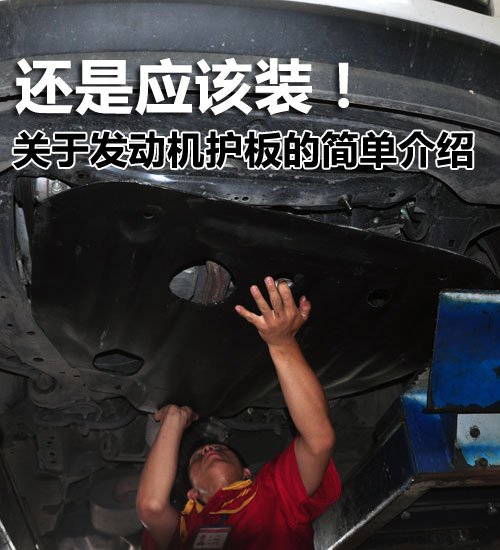
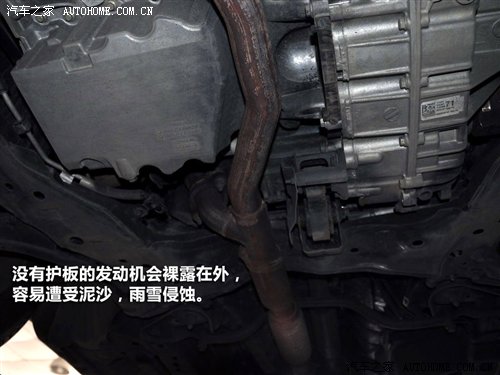
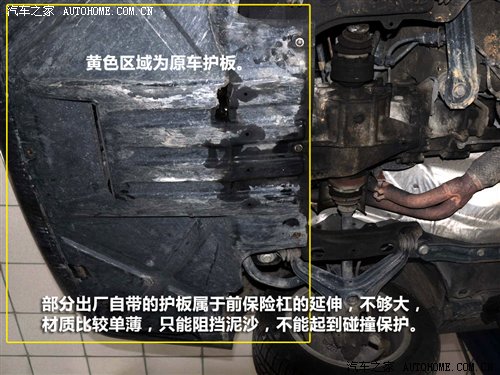
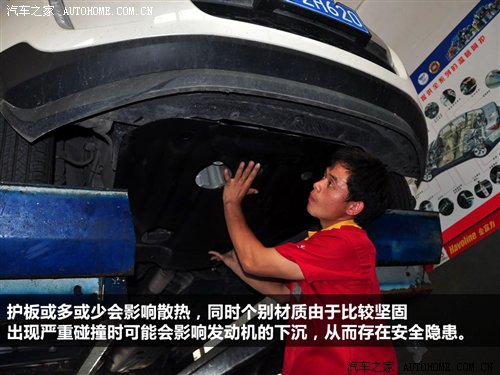
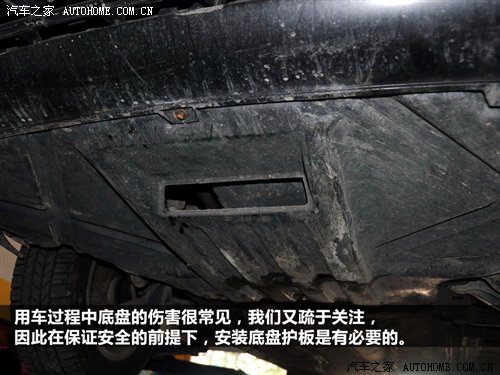
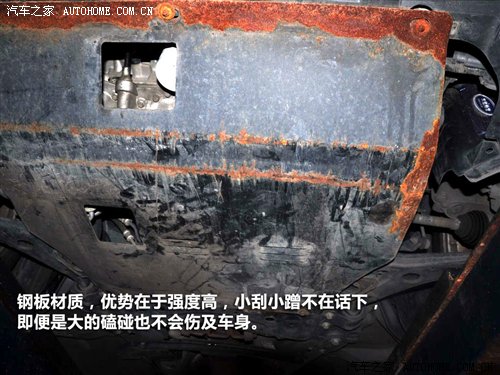
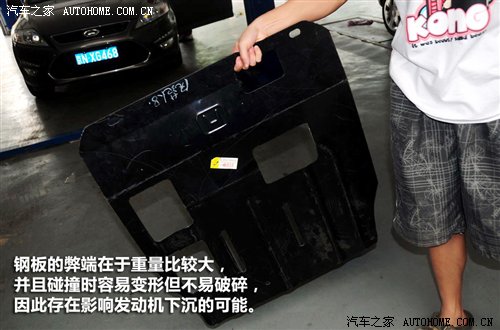








 Filter more thoroughly and breathe more freely.
Filter more thoroughly and breathe more freely.

